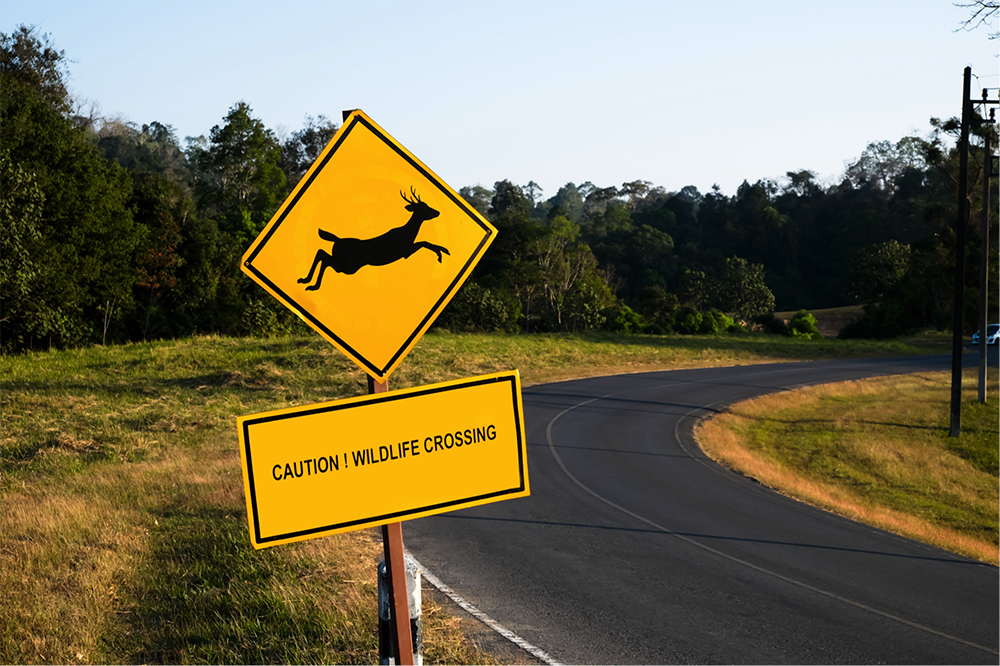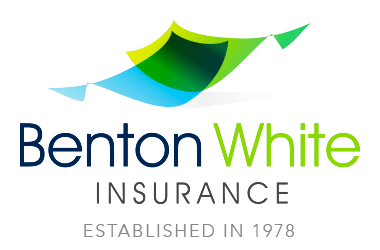One of the most beautiful times of the year is here!
Fall is a season of change. Leaves turn color, the temperature cools and many animals get ready for winter. Deer, for instance, begin to travel to their winter homes and may need to cross a few roads along the way.
It can be difficult to know what to do when you encounter wildlife while you’re driving, but you can prepare by being aware of these risk factors:
- High season for animal encounters. Fall is the most dangerous time, especially October and November, because animals migrate for winter.
- When the day draws down. Deer and other larger animals are most active between dusk and dawn. Unfortunately, this often aligns with commuting times.
- Watch for signs. Local transportation departments often post signs in areas wildlife are known to frequently travel.

While these factors may help predict when or where there’s wildlife, it’s important to note that they can step into the road in front of you anytime, anywhere. The good news is that there are steps you can take to help keep you and your family safe where wildlife wanders:
- Wear a seatbelt. Everyone in the car should use it—the seatbelt is your best defense if you have an accident.
- Use high beams. When driving in low-light conditions, use your high beam lights as often as possible to improve visibility.
- Look for more. If you see one deer cross the road, most likely others will follow, as deer rarely travel alone.
- Stay alert. Don’t be distracted while driving and be especially alert in rural or forested areas. Also be aware of other vehicles and road conditions, and watch the road shoulders for movement.
- Let others know. If you see a deer or other big animal in the road, honk your horn and flash your lights to alert other drivers.
- Maintain control. If there is a deer in the road in front of you, firmly apply the brakes, but take care not to swerve. It’s better to strike the animal than drive into oncoming traffic or lose control of your vehicle. If possible, release the brakes right before impact to bring the nose of the car back up. This will help prevent the animal from passing through the windshield.
- Notify authorities. Call 911 if someone is injured or the animal is causing a safety hazard.
Would you be covered in a wildlife collision? While Collision insurance generally covers an accident with another vehicle, it won’t cover a collision with an animal. Consider adding Comprehensive coverage to your auto policy if you don’t already have it. This coverage not only covers collisions with wildlife, but also theft and falling objects. Reach-out to us for more details. We can help!
Let’s have an enjoyable Fall season. Hopefully, these added items will help you to be better prepared as cooler weather comes our way. I think we are all ready for it!
If we can assist you with anything insurance, please let us know. We’re easy to reach! EMAIL us at info@BentonWhite.net or TEXT or CALL us at 615.377.1212. We are always ready to earn your business!
Sources: Kemper Insurance Client Newsletter, Arizona Department of Transportation, Colorado Department of Transportation, Maine Department of Transportation, National Park Service, Tennessee Department of Commerce and Insurance.





